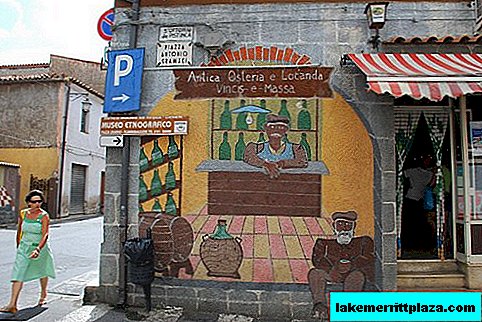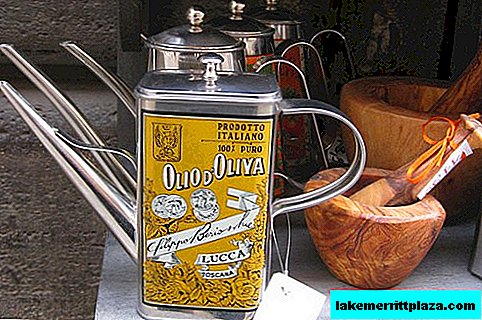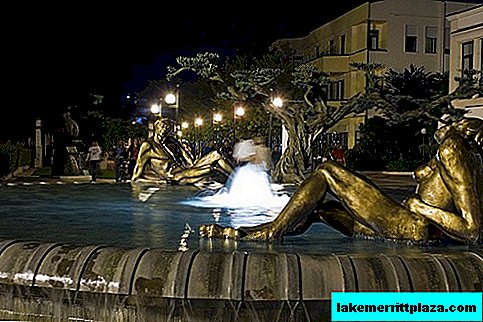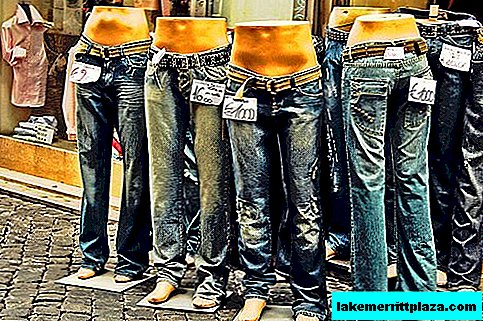The final Oscar of Innovation in Berlin passed the material developed by Italian scientists and allowing you to clean the city air from chemical pollution. According to the developers, 1000 m2 of such cement are equivalent to 80 evergreen trees
June 17, 2014 Berlin will become the capital of innovation. 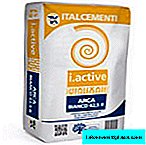 The German city will host the European Patent Office (EPO) European Inventor Award, or in other words, the Academy of Technology Innovation. Italy will be represented in the international competition by the TX Active project, a revolutionary development by Professor Luigi Cassar, which has been colloquially (but very accurately) named "cement eating smog". With its project, the Italian group Italcementi reached the final and will fight in the "Industry" category.
The German city will host the European Patent Office (EPO) European Inventor Award, or in other words, the Academy of Technology Innovation. Italy will be represented in the international competition by the TX Active project, a revolutionary development by Professor Luigi Cassar, which has been colloquially (but very accurately) named "cement eating smog". With its project, the Italian group Italcementi reached the final and will fight in the "Industry" category.
What is so special about this Italian design? Thanks to a special film covering the entire area of cement blocks, and its reaction to sunlight, the external walls of buildings can not only stay clean longer and resist the matting effect of urban smog. The new material helps to neutralize pollutants and improve air quality.
But the creator of innovative cement, Professor Luigi Cassar, describes his success best of all: "For the first time, our special cement was used to build the Roman Church of the merciful God the Father (chiesa Dives in Misericordia). The construction of its huge sparkling white concrete sails was led by the famous American architect Richard Meyer (Richard Meier).

During the construction of the church, we were able to make sure that the surrounding area around the new building was much cleaner than before. Titanium oxide, which is one of the components of our cement, accelerated the decay of pollutants in the air under the influence of sunlight, making them safe for humans and the environment. Scientific studies have confirmed that areas covered with Italcementi cement destroy up to 70% of nitric oxide in the air. Nitric oxide is a harmful substance that forms into fine dust at a very low height. But the widespread use of new cement in urban space will significantly improve air quality. For example, according to our experts, if in a city like Milan 15% of buildings are built using cement with Tx Active content, they can reduce air pollution by up to 50%. In other words, a thousand square meters of product is equivalent to eighty evergreen trees and can eliminate the pollution produced by thirty gasoline vehicles. "


